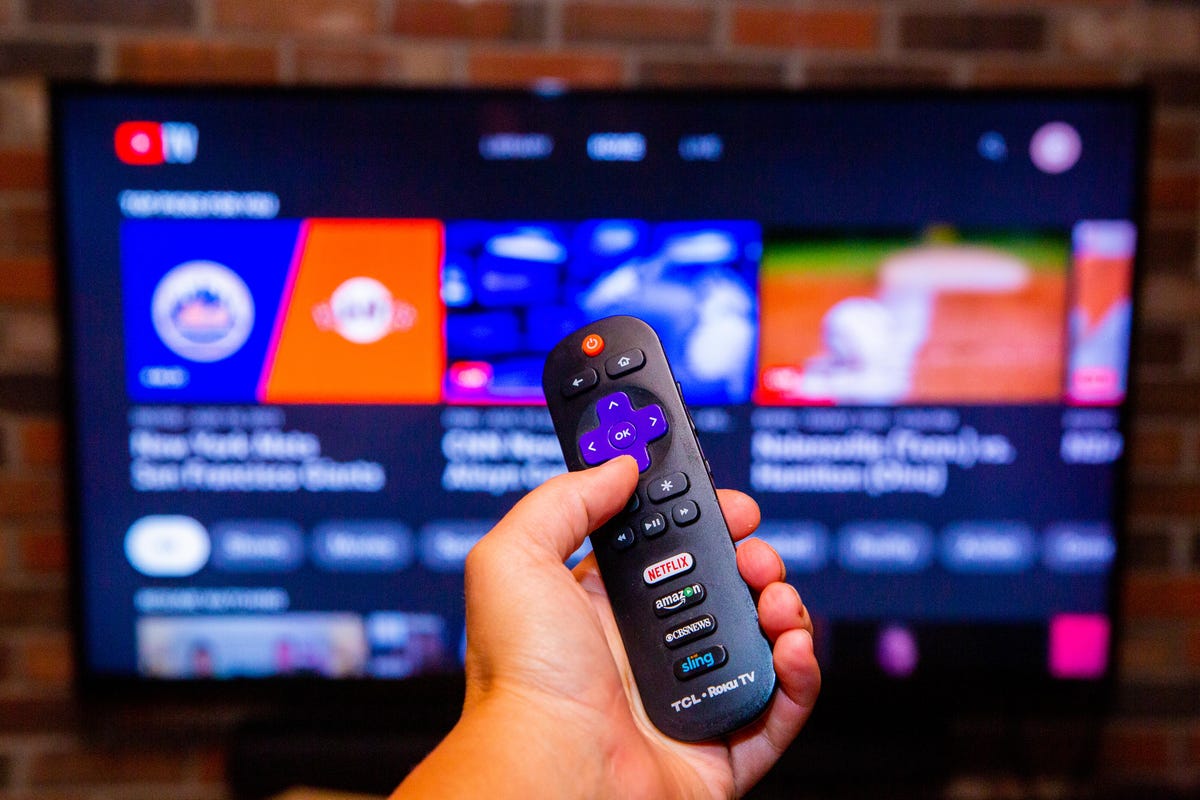Streaming customers are in an era of paid sharing, where major platforms like Netflix and soon, Disney Plus, are charging extra – yet optional — fees if you decide to share your account with someone outside your household. Ad-based plans, sports add-ons and price hikes are affecting our streaming subscription decisions. Given the changes that are seemingly hitting both streaming services and cable each year, you could be mulling what’s the best fit.
Maybe you’ve switched to exclusively to streaming and have forgotten what cable or satellite TV truly costs. Or perhaps you’ve been with Xfinity or Spectrum forever because you’re accustomed to your bundle price. Either way, are you getting the best value for your money?
With its contracts and fees, cable TV is nowhere near cheap. The alternative is a suite of streaming services, but paying for multiple subscriptions — or even a live TV streaming service like DirecTV Stream — could also rival your cable bill. According to a 2023 report from Leichtman Research Group, 83% of US households have at least one streaming service, with over 50% of us subscribing to four or more.
These days, you can sever the cord completely and solely use streaming services like Hulu, Disney Plus or YouTube TV. You can also keep satellite or cable TV as your main dish while subscribing to a couple of streaming platforms on the side. There’s also the option to watch 100% of what you want on cable TV only.
All those choices can quickly become overwhelming, but don’t worry. Here, we do the math to break down how you can save money in most parts of the US with the best combination of cable, streaming and internet. (You can also find out how much you can save shopping at Costco compared with a regular supermarket, and if it’s cheaper to buy Xbox Game Pass or individual games.)
<figure section="table" type="GeekboxChart" chart="{"chart":[["Service","Average monthly cost"],["Basic cable TV and internet ","$144"],["Premium cable TV and internet","$217"],["Basic streaming with ads (no internet)","$33"],["Premium streaming without ads (no internet)","$71"],["Live TV streaming and internet","$135"],["
","
"],["*Cable costs averaged over 6 cities","
"],["*Basic streaming costs averaged for 4 services","
"],["*Live TV streaming costs averaged over 5 services","
"]],"chartName":"Cable vs. streaming vs. live TV streaming","headingRows":"0"}” edition=”us” class=”c-shortcodeChart”>
Cable vs. streaming vs. live TV streaming
| Internet Only | Basic TV + Internet | Premium TV + Internet | |
|---|---|---|---|
| Grantville, KS (Cox) | $50 | $159 | $219 |
| Atlanta, GA (AT&T/DirecTV) | $60 | $145 | $270 |
| Houston, TX (Xfinity) | $76 | $134 | $194 |
| Staten Island, NY (Fios) | $60 | $155 | $200 |
| Kalamazoo, MI (Spectrum) | $85 | $125 | $206 |
| San Francisco, CA (Xfinity) | $90 | $147 | $214 |
| Average | $70 | $144 | $217 |
| *plus taxes and fees, rate may require automatic billing |
| Internet | Basic TV package | Total (Live TV + Internet) | |
|---|---|---|---|
| Average cable | $70 | $74 | $144 (excludes fees, taxes) |
| Philo | $70 | $25 | $95 |
| Sling TV | $70 | $40 | $110 |
| YouTube TV | $70 | $73 | $143 |
| Hulu Plus Live TV | $70 | $77 | $147 |
| DirecTV Stream (with RSNs) | $70 | $109 | $179 |

